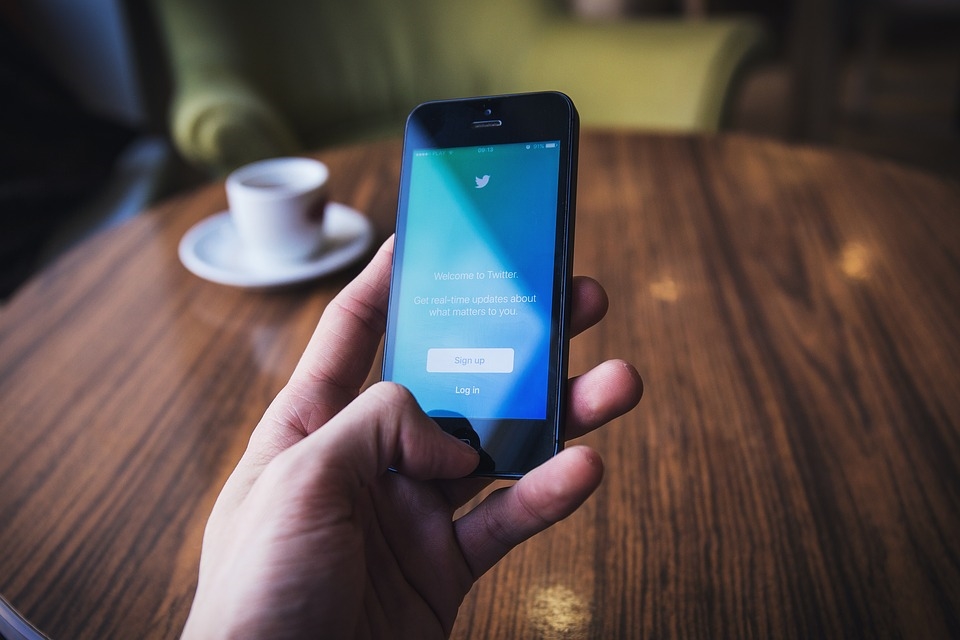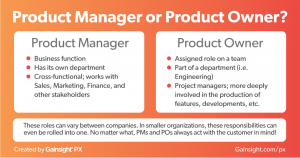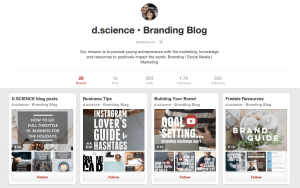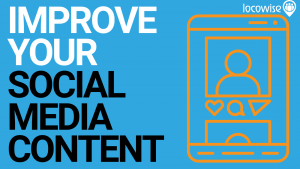— June 19, 2019
Social media is capable of doing some really powerful things. It can help friends and family keep in contact, you can use groups to meet people who share your interests, communities can organise events, and anyone can share their creativity. The positives of social media are overwhelming.
It’s been great for the way that people interact with businesses, too. Transparency has become a revolution for consumers, who are now able to see just what everyone thinks of a business. They can even interact directly with the business themselves, finding out first hand how prospective buyers are treated.
While this all sounds great, we know that it’s not the whole picture. Social media also has a darker side. Twitter, in particular, has struggled over the years with keeping a handle on cyber-bullying, to the point where at the end of 2016, rumours ran wild about the problem leading to a planned shutdown of the platform. A scathing report from Buzzfeed highlights just how bad the situation was.

More recently, one of the big issues faced by social media networks is people buying followers and likes to inflate their statistics. At the time of writing, the first result when searching on Google for “buy Instagram followers” offers 10,000 followers or likes for $ 64.95.
These aren’t going to be genuine people liking your photos or following your page, however, people looking at your profile will likely be none the wiser. For a small investment, people can establish themselves as seemingly-genuine influencers. Many social media bloggers even recommend purchasing a few thousand fake followers to get an Instagram page off the ground.
This completely undermines the real users who are positively contributing to the platforms with genuine engagement and thoughtful content, and further promotes a toxic environment, where chasing numbers is all that matters.
So, is the problem the users or the platforms?
Inevitably it’s a combination of the two. As long as there’s a way to abuse the system, people probably will.
The industry is certainly aware that social platforms currently encourage users to chase numbers such as followers and likes. Recently in a TED Talk, Twitter former CEO admitted: “If I had to start the service again, I wouldn’t emphasise the follower count as much. I wouldn’t emphasise the like count as much. I don’t think I’d even create like in the first place…”
By placing an emphasis on what are essentially vanity metrics, people are encouraged to like an image to register their reaction. This doesn’t really drive deeper conversation, and the action is so simple that common social media tactics have followed suit. Content is often shared with quick impact or sensationalism in mind; anything to nudge someone to pay attention for a split second and register their reaction before they move on.

The detox has already started
Towards the end of 2018, some changes started to take place to de-emphasise users’ statistics. One of the more noticeable changes is from Instagram. They explained on their press site: “You may see features re-arranged at the top of your profile including changes to icons, buttons and the way you navigate between tabs, which we hope will make profiles easier and cleaner to use. The photos and videos you’ve shared on your grid won’t change.”
Really what’s going on, however, is an effort to take the focus away from the numbers, and back onto the content and meaningful engagement.
A similar change took place last year on Twitter: the following and follower counts in the iOS app were slightly reduced in size. This may be a subtle change, but it’s certainly symptomatic of a shift in attitudes by the main social media platforms.
A more extreme example has been experienced by Instagram users in Canada. At the beginning of May this year, Instagram started to test hiding like counts. Users whose profiles have been used for the tests can see the number of likes on their own posts, however these statistics are hidden from others.
What does this mean for influencers?
Influencers, particularly those who have experienced having the number of likes on their posts hidden, have been worried: likes are one of the most straightforward ways for them to show off the success of a post. While these changes can look worrying at first glance, they could actually help the influencer industry to formally establish itself.
With like counts easily inflated by those willing to cheat the system, hiding them could potentially protect viewers from misleading information, who would instead rely more heavily on the quality of the influencer’s content.
Businesses looking to take advantage of influencer marketing can also see this as a positive. Brands should be taking much more than like and follower counts into consideration when choosing who to work with. Statistics such as engagement rates, video completions, follower growth, and impressions can all help form a much clearer understanding of an influencer’s performance.
By hiding vanity metrics, Instagram could help push businesses to be more discerning when using influencer marketing. Businesses would get better results, which should have a beneficial impact on the industry as a whole. To find out how to avoid some common mistakes when starting out in the world of influencer marketing, read on here.
Change can often be scary, but in the world of social media it’s inevitable. Fortunately, some of the changes currently on the horizon could make the online world a much less toxic place to be.
Do you think that removing likes is a change that we’re likely to see on the main social media platforms? Let us know your thoughts!
Digital & Social Articles on Business 2 Community
(45)








